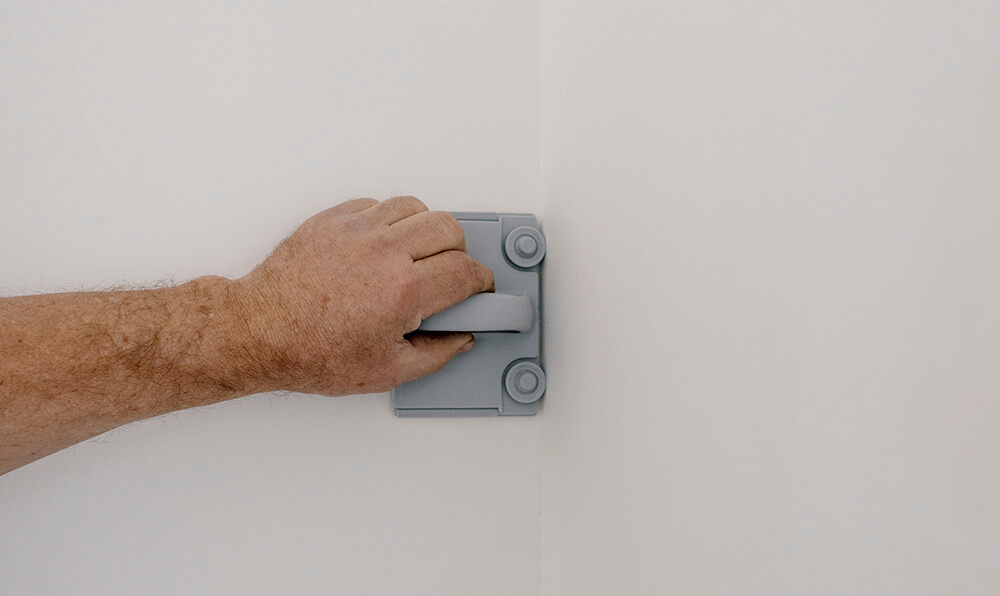Stucco is a popular and inexpensive way of covering exterior and interior walls. The material comes in a variety of colors, and can be used on any type of walls, including brick, block and stone.
Stucco is composed of a sand and cement mixture, which has a smooth finish. The application of this material is quick and simple, and the material is waterproof and scratch resistant.
Stucco is also an excellent option for roofs. It has a high R-value – which means it keeps heat in during the winter and keeps heat out during the summer – and it is easy to clean.
Stucco is a versatile material that can be used on both residential and commercial buildings. If you are considering stucco as an exterior or interior wall covering, here are a few tips to keep in mind.
- Clean Stucco in Spring
Stucco is very porous, and you want to make sure that you are cleaning the material accurately. The best time to clean the material is in the spring.
The warmer temperatures during the spring and summer will help to open the pores on the stucco. If you wash the stucco material in the spring, you can avoid the hassle of cleaning in the fall.
- Use a Special Stucco Cleaner
Stucco is usually made up of a mixture of sand and cement. The sand will wear away with time, and the cement will start to break down.
You will need to clean the stucco with a special cleaner to make sure that it is not harboring mold.
Stucco cleaners are available in a variety of forms, including a spray and a powder. Make sure to use the correct amount of cleaning agent, and follow the manufacturer’s instructions.
- Apply Stucco Primer Before Stucco
Stucco is a porous material, and it will absorb water. The stucco will start to break down if the material has absorbed too much water. You do not want the stucco to become moldy or to get damaged.
To prevent this, you should apply a stucco primer before applying the stucco material. A stucco primer will help to absorb the water so that it doesn’t get absorbed by the stucco.
The primer will also help to seal the pores of the stucco. You will be able to apply the stucco material right away without having to wait for the primer to dry.
- Check the Stucco Sealer
Stucco material is porous, and it will absorb water. If you are installing this material on a roof, you will have to seal the stucco material to prevent moisture from getting into the roof.
You can apply stucco sealer to make the stucco material waterproof. The stucco sealer will also help to make the stucco material more resistant to the elements.
The stucco sealer is often available in a variety of colors. You should be able to find a stucco sealer that matches your home’s exterior or interior paint color.
- Apply Stucco to the Exterior of the Home
Stucco is an excellent choice for exterior walls. It will help to prevent moisture and water from getting into the home. The stucco will also help to keep the home cooler in the summer.
You can apply stucco to the exterior of the home in late spring or early fall. You will want to use the same type of stucco material that you would use for interior walls.
If you are using a stucco primer and stucco sealer, you will be able to apply the stucco exterior material in a single coat.
Stucco is a versatile material that can be used to cover the exterior of your home. You will want to make sure that you clean the stucco properly and that you use the correct primer and sealer for longer, lasting results.



